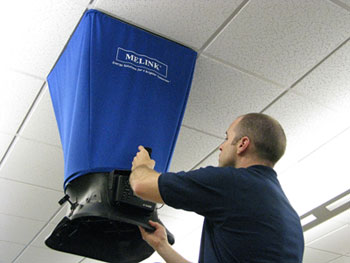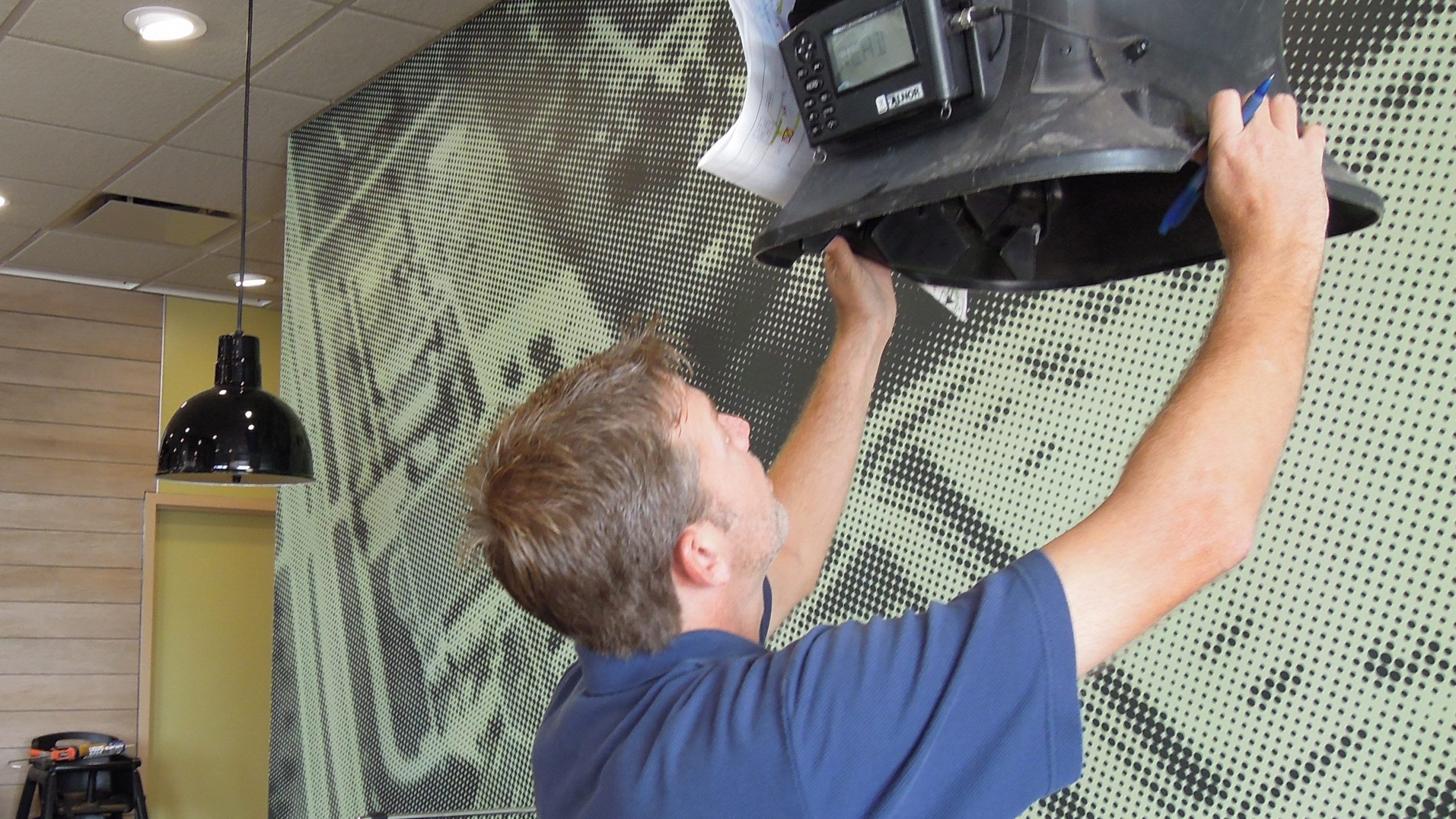There are a few important items that you want to take into account before you schedule an HVAC balance. While these 3 points may seem obvious, there are many instances where a technician gets onsite and the job-site isn’t ready or they can’t access areas that they need. These tips can save time and money for everyone!
1. HVAC equipment is installed and operational.
This one seems like a no-brainer! However, there are always occurrences when a technician arrives onsite to perform a balance and necessary equipment either hasn’t been installed or isn’t properly operational. Examples include VAV’s or dampers that haven’t been installed, or a RTU that isn’t operational.
Ensuring that all ductwork has been completed, balancing dampers are properly installed, any grilles, registers and diffusers are installed, and the RTUs have clean filters helps make sure a technician can provide a proper air balance, as well as mitigate any potential return service costs. Making sure that all equipment (especially RTUs) has undergone a proper start-up to confirm power should always be completed ahead of Melink’s arrival.
2. All HVAC equipment can be easily accessed by a technician.
Another hindrance to any proper test & balance is not being able to access the necessary equipment. This includes equipment installed inside the building, as well as equipment on the roof. When working with a customer located inside a mall or shopping center, security and approved roof access becomes another added component.
Melink typically requires assured access to all applicable HVAC system equipment, including RTUs, VAVs, Exhaust Fans, dampers, etc. Access to fully open dampers, ceiling-height diffusers, and thermostats that may be in an office is necessary to properly complete the balance. Our Account Coordinators will also discuss roof access, security measures, and accessibility to ladders or lifts.
3. Allotting adequate time (2-3 weeks) to schedule and complete the balance.
Though some seasons are busier (or slower) than others, our goal at Melink is to provide every customer the same level of service excellence no matter the time of year. This includes communication with the customer, scheduling the site visit with one of our National Network technicians, performing the balance and working with the customer on any punch-list items, and finally, providing a certified test & balance report.
Our team of National Account representatives and technicians work with the customer through each step of the process. Scheduling an HVAC balance with Melink approximately 2-3 weeks out from turnover will help to ensure a proper and complete balance. It also allows enough time to work through any punch-list items or lingering comfort issues for the customer.


